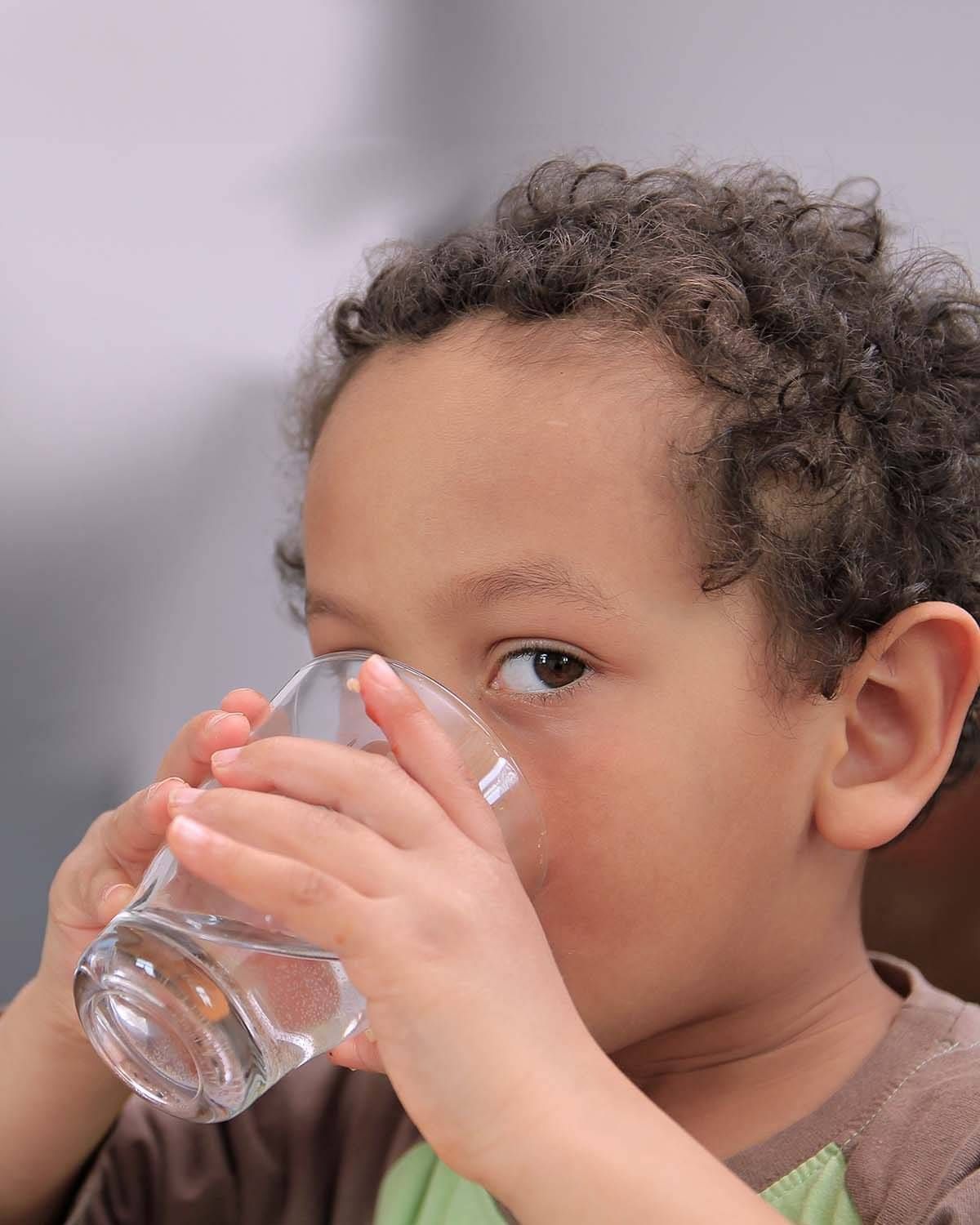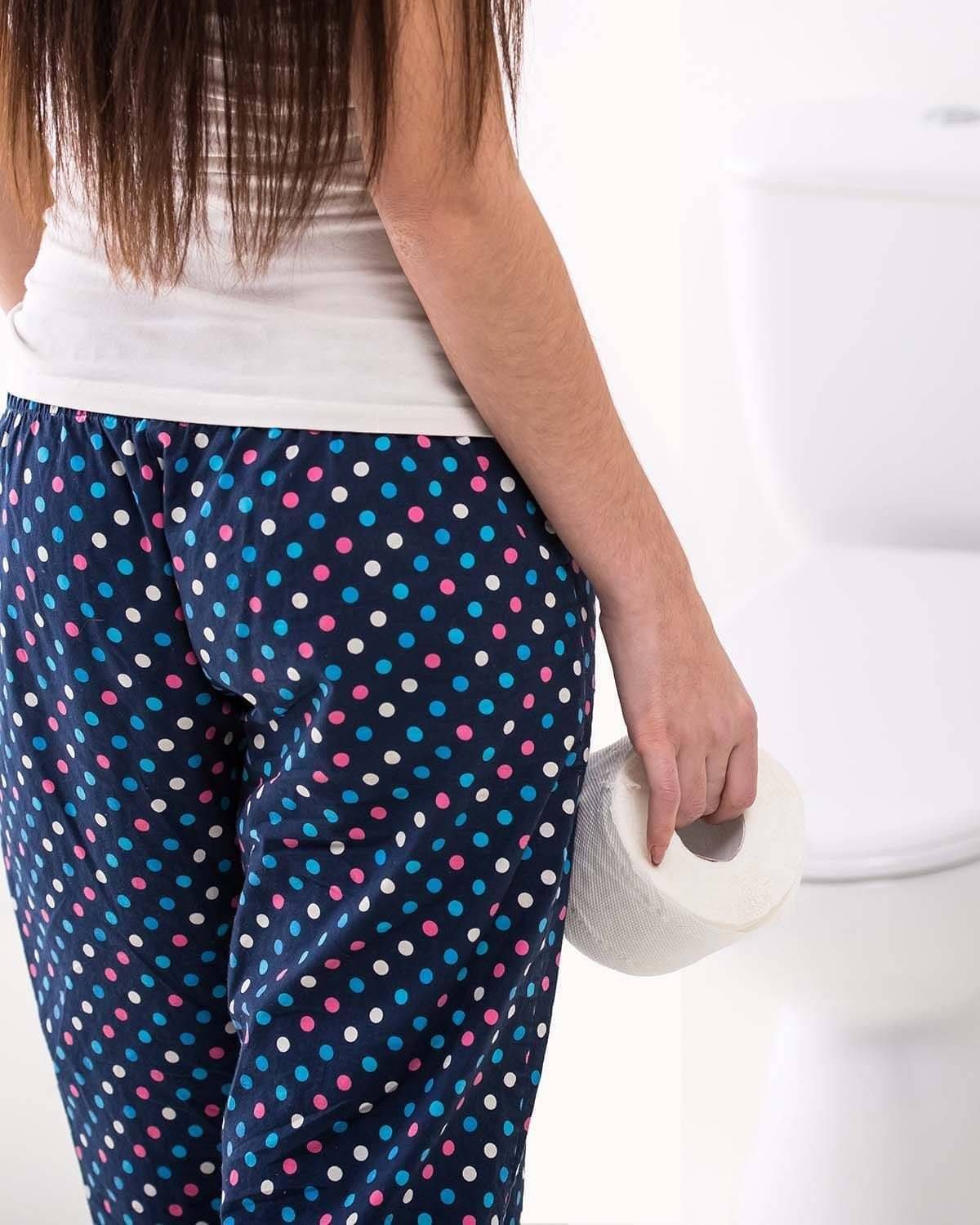Know the Signs
Anyone can develop diabetes at any age. That’s why it is important to get tested if you, your tamariki or rangatahi you know or care for is showing signs or symptoms of diabetes.
The most common type of diabetes in tamariki is type 1 diabetes, but young people can also develop type 2 diabetes and other types of diabetes. Symptoms that are common in both type 1 and type 2 diabetes include:

Always tired?
Ngenge tonu?

Always thirsty?
Matewai tonu?

Peeing a lot?
He nui te mimi?

Losing weight without trying?
Ka ngaro te taumaha me te kore e ngana?
Symptoms of diabetes in children and young people
Symptoms of type 1 diabetes in children
The most common symptoms of type 1 diabetes to watch for are the four T’s:
Toilet: Going to the toilet a lot to pee, having new or more wet nappies and/or accidents like wetting the bed, heavier nappies in babies, getting up in the night to use the toilet.
Thirsty: Being really thirsty and not being able to quench the thirst. Tamariki may ask for a drink more often, finish drinks very quickly or just generally drink more than usual.
Tired: Feeling more tired than usual, having less energy than normal, not playing as often, having less energy for sports.
Thinner: Losing weight despite being hungrier and eating more.
Tamariki and rangatahi may also get more infections than usual, like thrush, and they might feel and show more mood changes.
The symptoms of type 1 diabetes tend to come on within a matter of days or weeks, so you should get urgent medical help if you notice any of these symptoms.
Symptoms of type 2 diabetes in children and youth
The symptoms of type 2 diabetes in tamariki are the same as they are for type 1 diabetes, but they may be less obvious and develop more slowly, over weeks or months. There can also be some of the symptoms listed above.
Symptoms of mate huka (diabetes) in children are the same as they are for adults, but they may present differently, such as a child not wanting to play games as often due to having less energy. Some people may not get any symptoms or don’t notice them.
If you are a parent, you may be the one to notice your tamariki displaying or experiencing some of the more common symptoms. It’s important to talk to a GP or other medical professional if you notice any of these:
Toilet: Going for a wee more often, especially at night.
Thirsty: Being constantly thirsty and not being able to quench it.
Tired: Being incredibly tired and having no energy.
Thinner: Losing weight without trying to or looking thinner than usual.
Genital itching or thrush.
Cuts and wounds that take longer to heal.
Blurred vision.
Increased hunger.
What if symptoms of diabetes are missed?
Too many tamariki and rangatahi are not diagnosed with type 1 diabetes until they are in diabetic ketoacidosis (DKA), a life-threatening condition that requires urgent medical attention.
If a child or young person has type 2 diabetes and it isn’t diagnosed for a long time or they also become unwell with an infection, they may be at risk of something called hyperosmolar hyperglycemic state (HHS) and be very sick. Type 2 diabetes can be easier to miss as it develops more slowly, especially in the early stages, when it can be harder to spot the symptoms.
Left untreated, mate huka (diabetes) affects many major organs, including your heart, blood vessels, nerves, eyes and kidneys. Being diagnosed early and managing your blood sugar levels can help prevent these complications.
Getting diagnosed and the right treatment are vital and can reduce the chances of developing serious complications.
If you or your child who has been diagnosed with diabetes, we’re here to tautoko (support) you. We have lots of information, and if you have any questions, you can speak to one of our trained advisors on our free helpline 0800 342 238 (0800 DIABETES).
Risk factors for type 2 diabetes
Some factors can increase a young person’s risk of getting type 2 diabetes. Because the symptoms of type 2 diabetes are not always obvious, it’s really important to be aware of these risk factors, which include:
Ethnicity: People of Māori, Pacific Island, South Asian or Chinese descent are more at risk of developing type 2 diabetes.
Whānau history: Having close relatives with type 2 diabetes increases the likelihood of you being diagnosed too (the more people in your whānau with a history of diabetes, the more likely you are to be diagnosed).
Weight and Lifestyle: Carrying extra weight, especially around the waist, being overweight or obese, combined with unhealthy habits such as not getting enough exercise, overeating, and consuming too much fast food, sugary drinks, or unhealthy fats.
Ethnicity and family history of diabetes do increase the risk of type 2 diabetes. Being obese and overweight is thought to be behind the rising number of tamariki and rangatahi with type 2 diabetes.
Simple changes such as keeping active and eating healthily can often make a big difference in preventing or delaying type 2 diabetes. A healthy, balanced diet includes a variety of fruits and vegetables, wholegrains, dairy and incorporates healthy choices from different kai (food) groups. There are more tips and suggestions about eating a healthy diet on our website.
Are you at risk?
Want to know if you or your whānau are at risk of type 2 diabetes? Take the Know Your Risk test:

